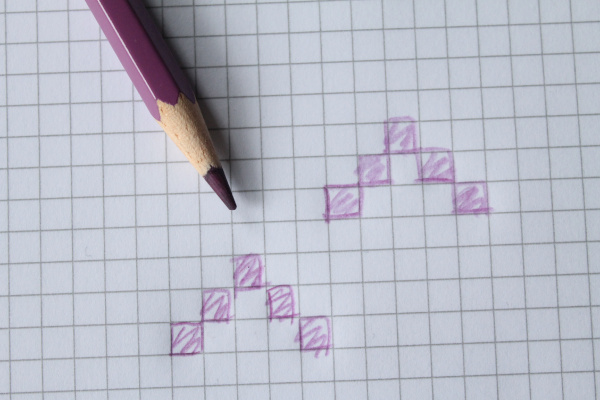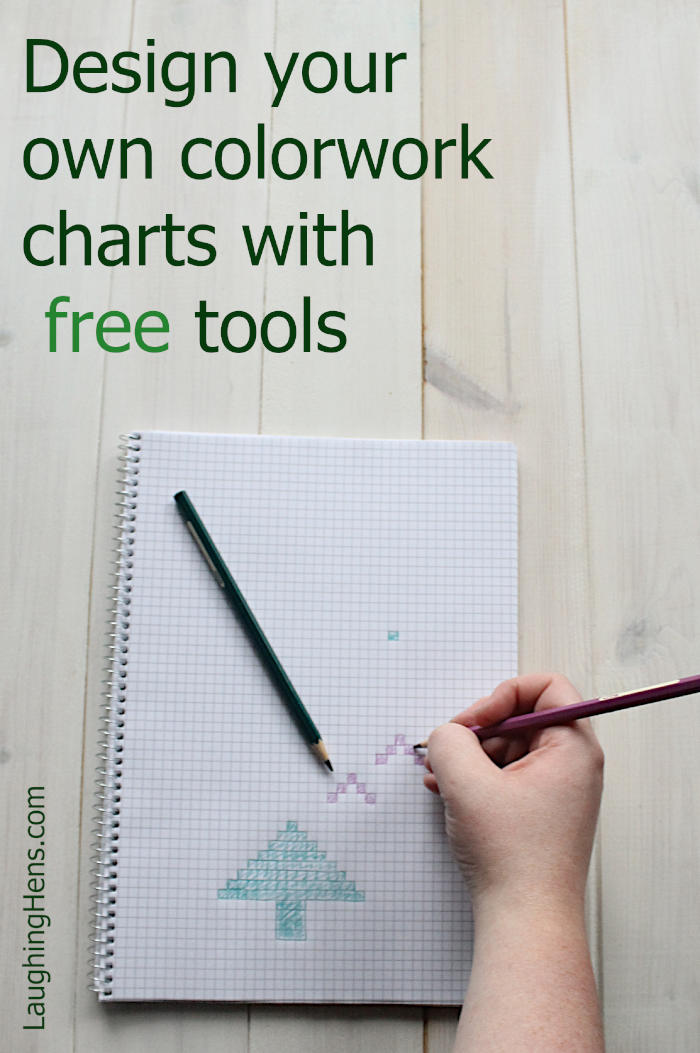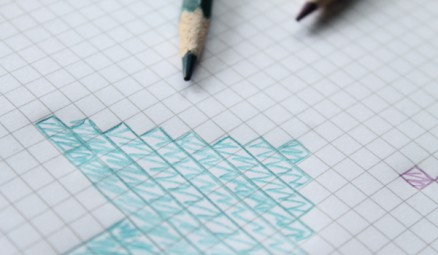Do you have a great idea for a knitting pattern, but don't know the best way to get the idea onto paper? This short tutorial shows you how to make colorwork knitting charts using the free Google Sheets tool. (Can also be used with Microsoft Excel!)
Sometimes, we get amazing tips from our customers. We saw a comment on a Facebook post from one user to another that mentioned using graph paper to create their own colorwork knitting charts. Genius! We know many knitters have been doing this for years, but we never knew just how addictive it could be to dream up new ideas using a cheap pad of grid paper and some colored pencils. You could of course use pens or markers, too!
Think of the possibilities: your child's name and favourite animal, or your best friend's wedding date, or your mom's favourite flower. The possibilities of customization are endless, if you consider that you can plug your own chart into any existing plain knitted pattern!

And then we started to think outside the box: what if your design was larger than a standard leaf of grid paper, or you had large areas that needed to be the same color and you didn't want to manually shade it in? So we poked around with some good methods, and created a tutorial for designing colorwork charts for FREE using the online resource Google Sheets, available through Google Drive. Anyone can use it, and these methods would also work for Microsoft Excel if you have that.
Some things to keep in mind:
1. Knitted stitches aren't perfect squares. Keep that in mind when you're designing, that it might turn out slightly different than you intended. We recommend swatching a small piece to make sure your stitches and gauge, which can vary wildly from weight to weight and with different needle sizes.
2. Make sure you note on your chart whether you'll be knitting back and forth or in the round, so you don't get confused once you cast on. We recommend numbering the rows from the bottom up to help you keep track.
3. If you'll be inserting your chart into a pattern that has increases or decreases, you'll want to make sure your chart fits within the area of consistent stitches. For example, if you were knitting a raglan sleeve pullover, you'd want to make sure your design wasn't affected by the increases or decreases from the sleeves.
We hope that helped! Pin this image to your Pinterest for later:




